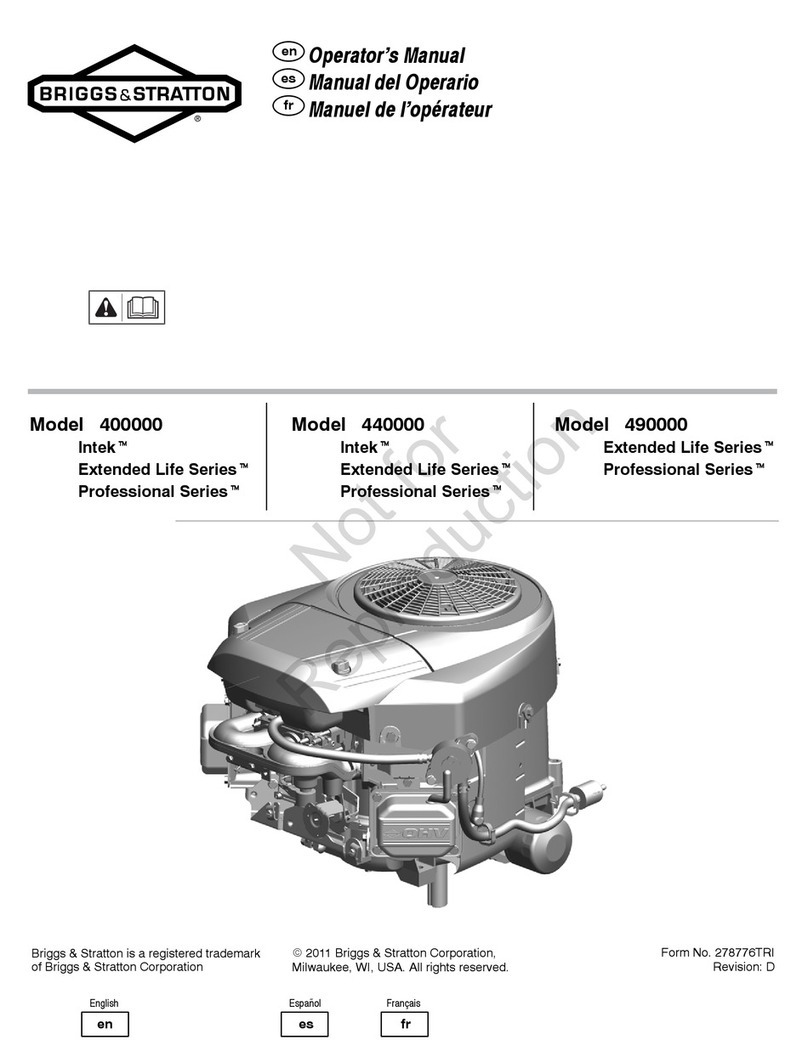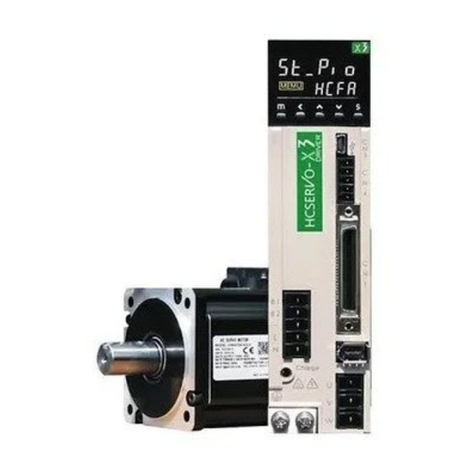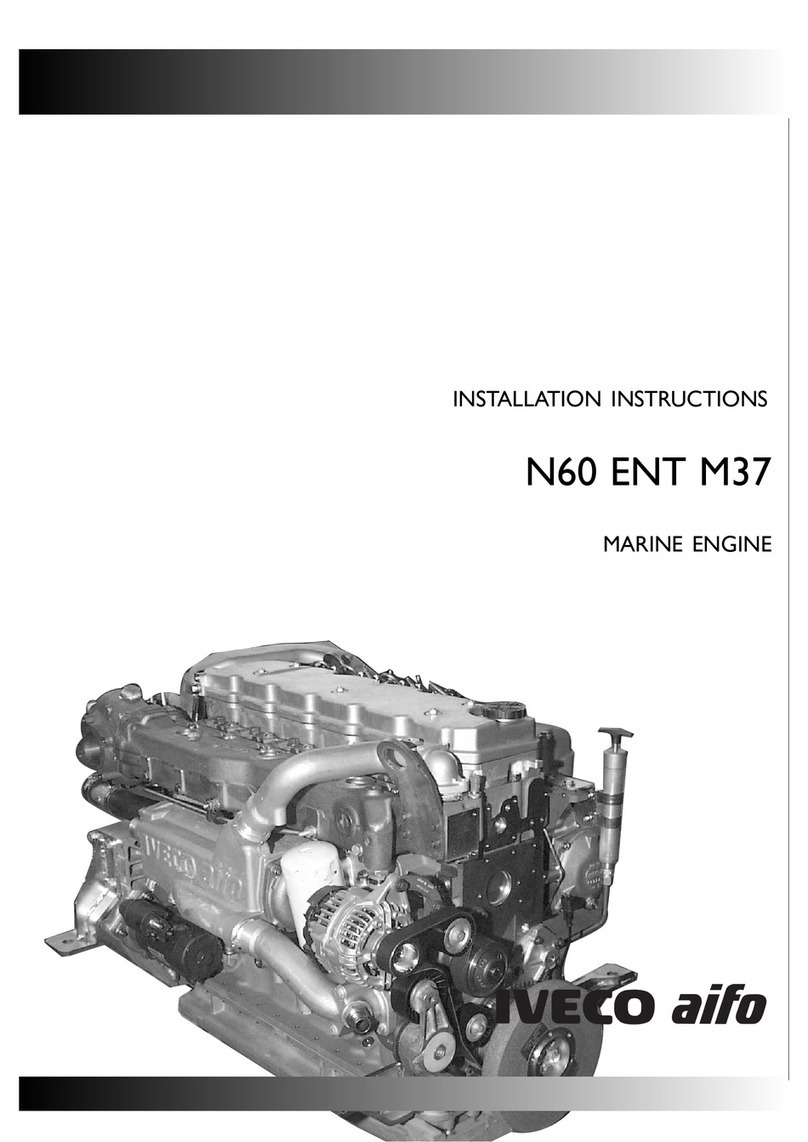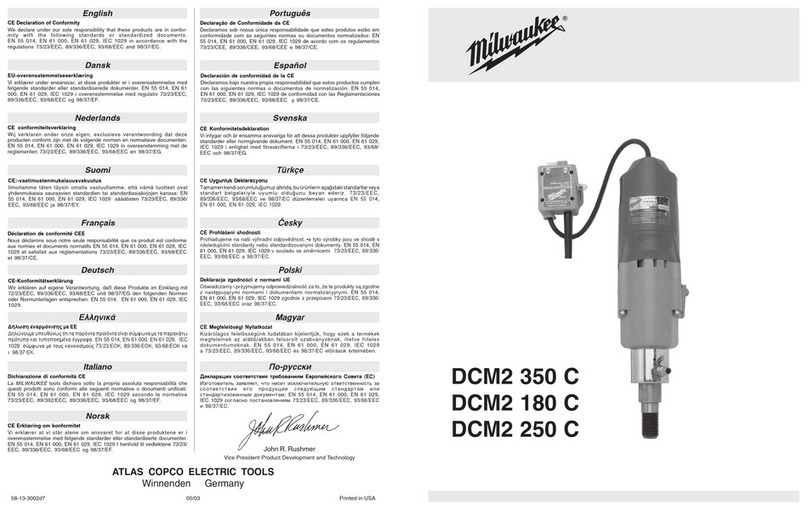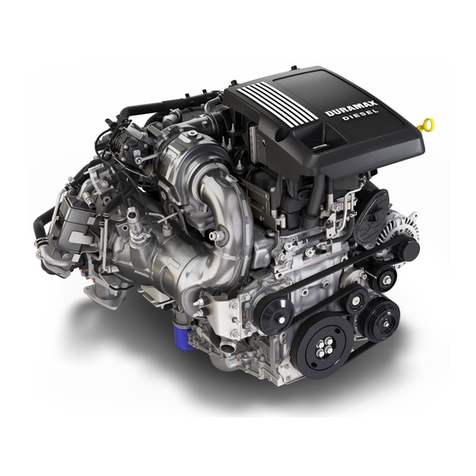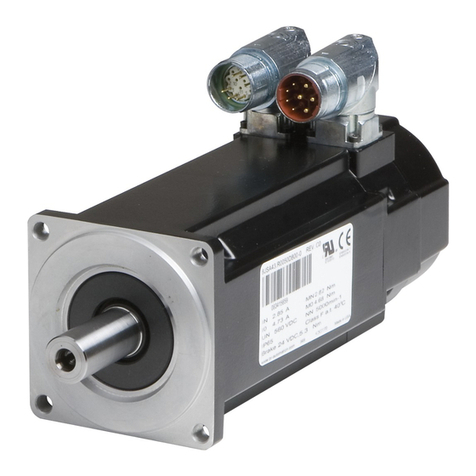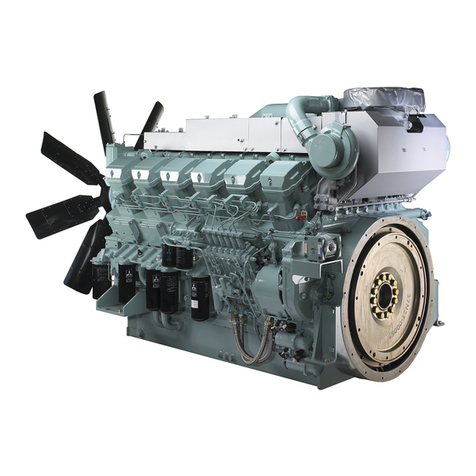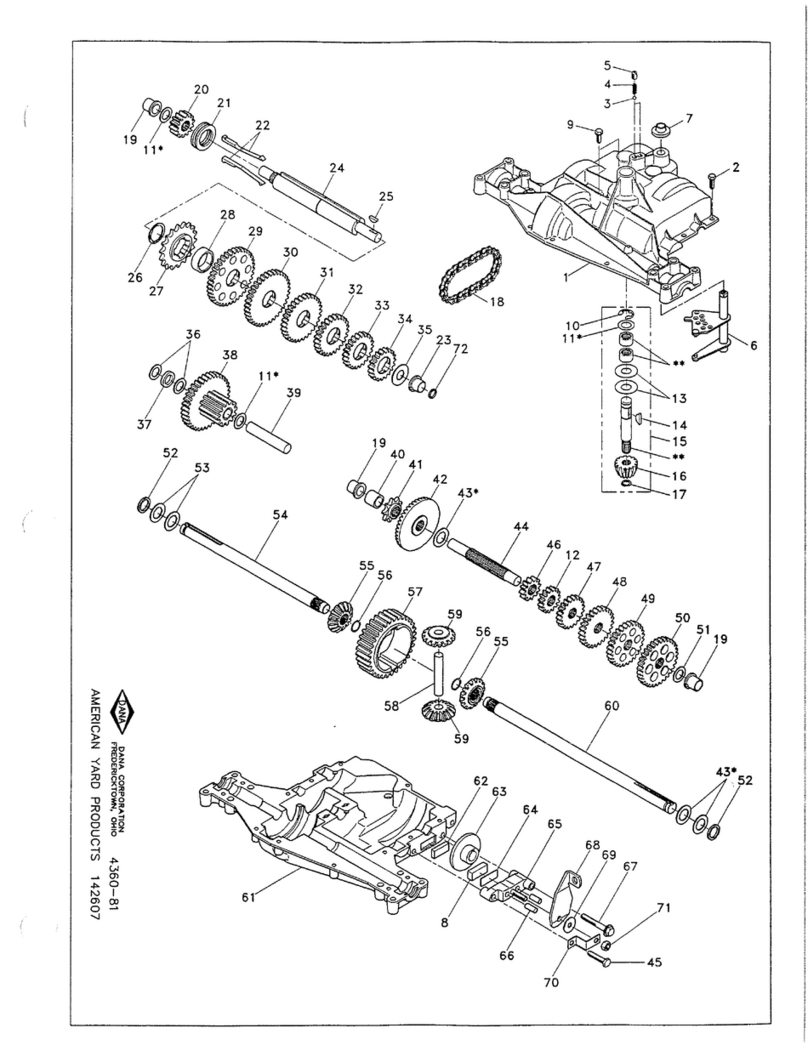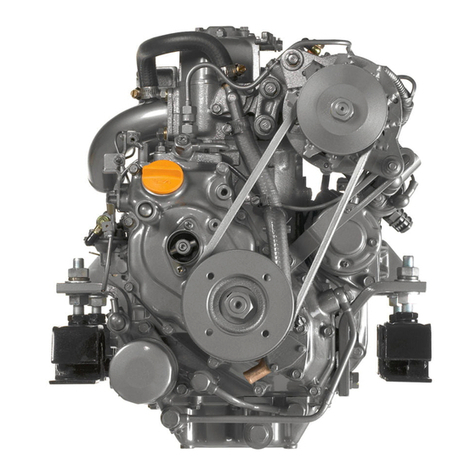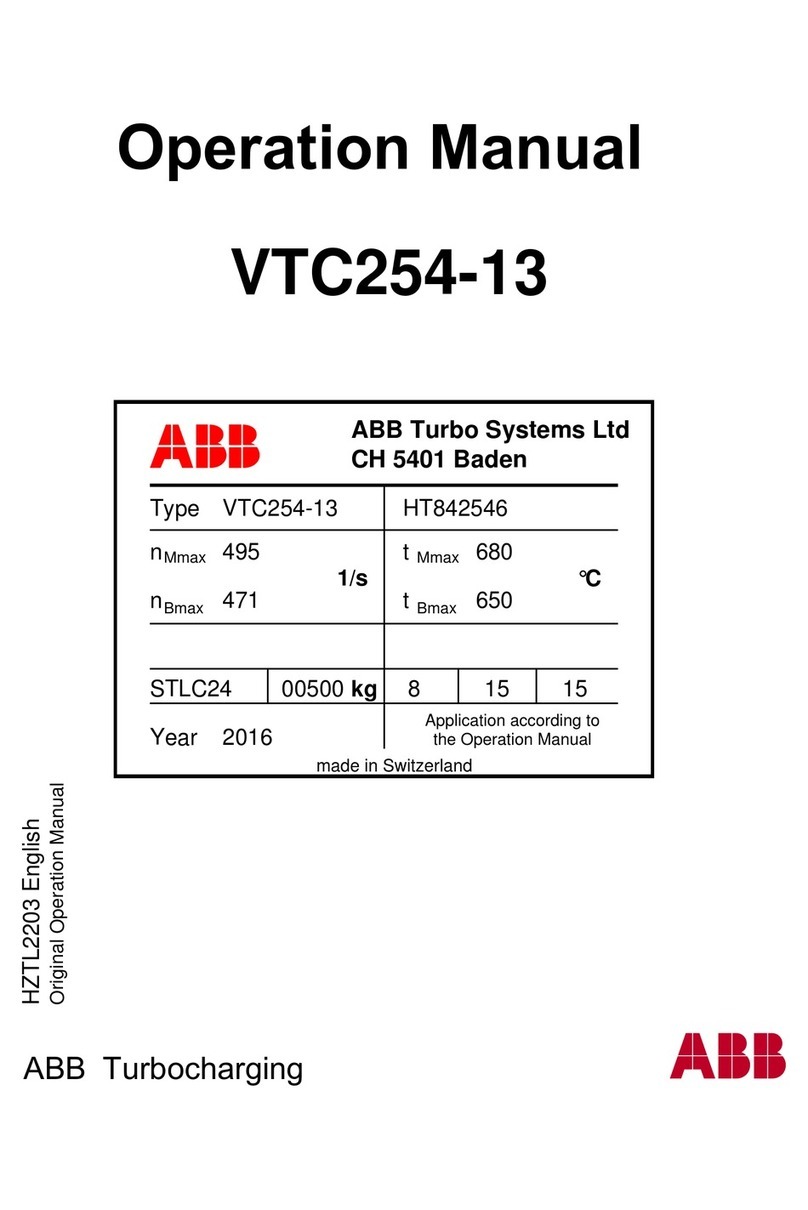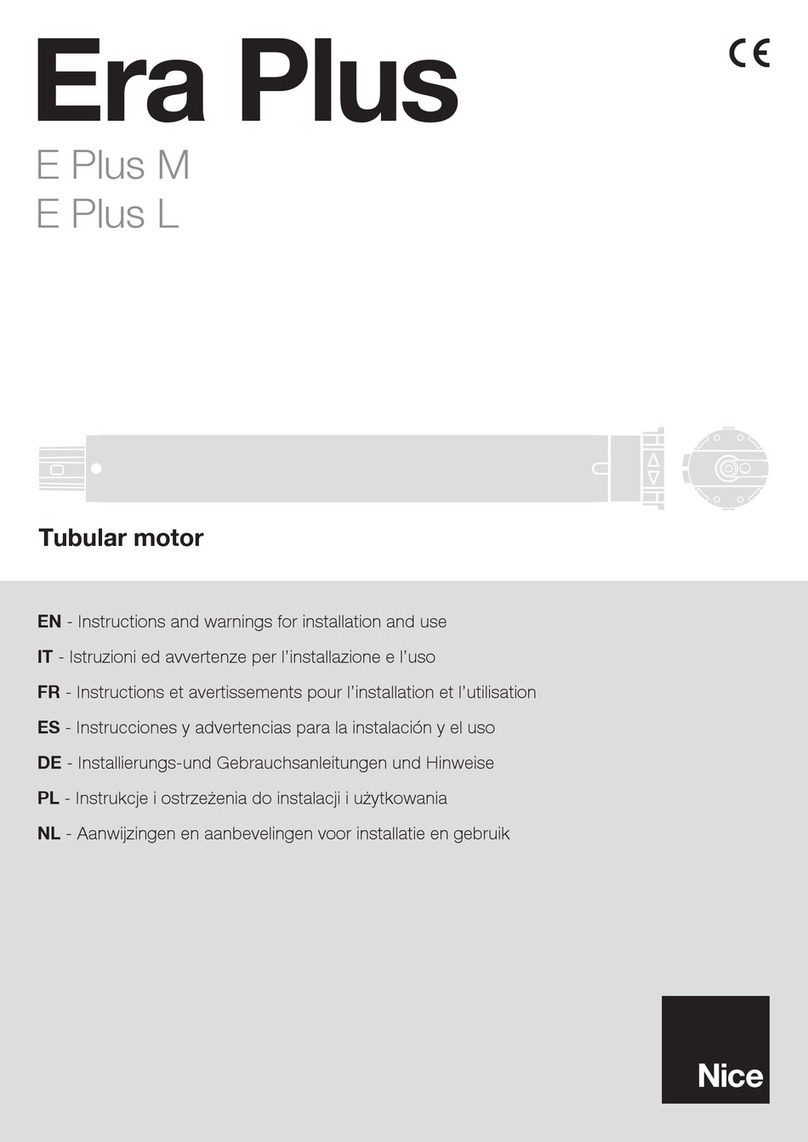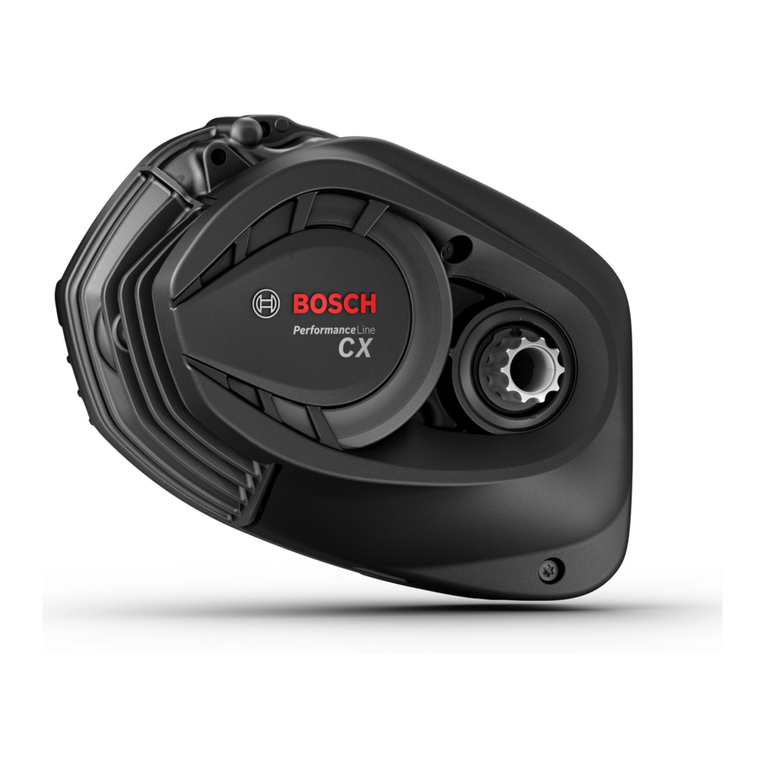PRD Fireball 125cc-TaG Operation manual

Courtesy of

1
INDEX
Page
GENERAL ENGINE DESCRIPTION
2
GENERAL ENGINE SPECIFICATIONS
3
1- Complete Engine Package
4
2- Engine Serial Numbers
6
3- Installation Instructions
7
3.1 Photo of Engine Mounted on Frame
7
3.2 Installing the Water Cooling System
8
3.3 Installing the Header
12
3.4 Engine Mount Preparation
13
3.5 Installing the Carburetor
14
3.6 Installing the Chain
16
3.7 Installing the Clutch Cover, Gear Plate Guard & Coil
17
3.8 Installing the Electrical System
19
3.9 Installing the Airbox and Exhaust
29
4- Fuel and Oil
32
5- Carburetor Specifications
32
6- Starting and Stopping the Engine
33
7- Engine Break In Procedure
33
8- Maximum RPM
34
9- Intake Silencer/Airbox
34
10- Exhaust System
34
11- Dry Centrifugal Clutch
35
12- Clutch Assembly & Maintenance
35
13- Battery
37
14- Electrical System Warnings
38
15- Spark Plug
39
16- Gear Ratio
40
17- Starter Removal and Assembly
41
18- General Maintenance Schedule
48
19- Recommended Engine Maintenance Schedule
49
20- Troubleshooting
50
21- Engine Storage
51
22- Engine Tightening Torque Settings
51

2
GENERAL ENGINE DESCRIPTION
The PRD 125cc Fireball engine is a “TaG” (Touch and Go) style engine. This engine is a
hobby engine and designed only for closed course racing on tracks built for this specific
purpose. The engine is a single cylinder 2-stroke.
Piston & Ring Single ring piston with an L-type cast iron & chrome plated ring.
Cylinder & Cast aluminum alloy.
Crank Case
Crank Case Liner The cast iron liner is fully machined then cast with an aluminum water
jacket creating a tamper proof locking system which ensures proper
alignment and stability.
Head The head is cast aluminum and fully machined on the combustion side
and attached to the cylinder with four (4) studs.
Crank Shaft Made of alloy steel machined, hardened and ground to exacting
specifications. The crank is supported in the case by C6305 ball bearings.
The connecting rod is investment forged for accuracy and durability.
Ignition Fully digital with a CDI ignition module, solid state relay and the rev
limiter preventing RPM’s in excess of 16,000. It is made for easy use and
great starting ability.
Bendix & Gear Engages the starter ring gear to start the engine.
Clutch The clutch is designed so the clutch gear may be easily changed to
achieve required gear ratios. The ring gear is part of the low stall dry
clutch that requires no adjustment. The ring gear/flywheel is part of the
clutch assy.
Carburetor HL-360A or HL-395A/HL-166 manufactured by Tillotson. Both are
diaphragm style with built in fuel pump, fully adjustable high and low
speed needles which can be set before starting the engine off the track.

3
GENERAL ENGINE DESCRIPTION (continued)
Battery 12 volt with a battery box to hold the battery.
Exhaust Pipe & Supplied with a connector tube to create the preferred tuned length.
Header
Complete Kit Includes all switches, radiator, radiator mount, radiator hoses, water pump
and more.
GENERAL ENGINE SPECIFICATIONS
Single Cylinder 2 stroke (2-cycle)
Volume of Cylinder 122.25cc
Maximum Bore 54.25mm
Stroke 54mm
Water Cooled 130°F +/- 15°
Carburetor Tillotson HL-360A or
Tillotson HL-395A/HL-166
Reed Valve Induction (2) Two petal reeds
Lubrication Fuel/Oil 10oz to 1 gallon
Electric Starter 12 volt
Clutch Dry, fixed-centrifugal
Max RPM’s 16,000 (built in rev limiter)

4
Section 1 COMPLETE ENGINE PACKAGE
Engine Box Engine
Header
Reed manifold & reeds (installed)
Dry clutch (installed)
Starter (installed)
Bendix (installed)
Accessory Box
Cooling System Radiator
Radiator hoses
Radiator mount
Water pump
Water pump pulley
(2) Water pump belts
Electrical System Battery
Battery box
Wiring harness
On/off switch
Starter button
Switch plate
Coil
Clutch cover/Coil mount
Relay
CDI ignition module
Spark plug
Spark plug boot
Exhaust System Pipe
Flex
Heat wrap
(4) Pipe Springs
(2) Pipe Cradle Springs
Induction System Tillotson Carburetor
Spec reeds (optional)
Filter Cup
Air box with hose clamp

5
ACCESSORIES
Exhaust
System
Battery and Box
Tillotson Carburetor
Easy Start Ignition System
Radiator and Mounting
Kit
Clutch Cover w/ Coil
Complete Water Pump
Intake Silencer
Spark Plug
Radiator Hose Kit

6
Section 2 ENGINE SERIAL NUMBERS
Each engine is stamped with a unique serial number. The serial number is displayed to the right
of the intake manifold at the base of the engine. This serial number will always start with US
and a four digit number “US 2700” as seen below. This serial number is referenced when
seeking support or information on your engine.

7
Section 3 INSTALLATION INSTRUCTIONS
Note: If your engine is already assembled and mounted on the chassis move to section 4.
Section 3.1 General wiring layout of a kart frame with the engine mounted.

8
Section 3.2 INSTALLING THE WATER COOLING SYSTEM
Note: To install the belts it is necessary to remove the axle from one side of the kart. Once
done slide the belts over the axle and reinstall the axle. (Installing a spare set of belts
will eliminate removing the axle to replace a broken belt).
1
Install the water pump as shown in
Fig. 1. Use an M8x45 bolt and a
nylock nut (not included) to fasten
to frame.
Fig. 1
2
Install the water pump pulley as
shown in Fig. 2. Align the water
pump pulley with a straight edge
to the pump. Tighten the pulley to
the axel.
Fig. 2
3
Install the belts and tension, then
tighten the water pump in place as
shown in Fig. 3.
Fig. 3

9
Before installing the radiator attach the mount brackets.
4
Slide mount bar through the upper
tube of each bracket. Add washer
and rubber isolators to the end of
each mount bar and tighten as
shown in Fig. 4.
Fig. 4
5
Install set screws in the upper tube
of each bracket as shown in Fig. 5.
Leave loose until mounted on the
kart.
Fig. 5

10
6
With set screws facing out install
the long bracket into the upper
tabs on the radiator. Use a washer
and M5x10 bolt as shown in
Fig. 6.
Fig. 6
7
Follow the instructions from Fig. 6
for the short bracket. Install them
into the lower tabs as shown in
Fig. 7.
Fig. 7
8
The radiator is now ready to install
on to the kart. Notice the angle of
the mount bars.
Fig. 8

11
9
Mount the lower bracket to the
chassis using an M6x70 bolt (not
included) as shown in Fig.9.
Leave loose for final positioning.
Fig. 9
10
Mount the upper bracket to the
bearing cassette or where best
suited using an M6x70 bolt (not
included) as shown in Fig. 10.
Leave loose for final positioning.
Fig. 10
11
Once the radiator is in position,
tighten set screws and bolts using
blue loctite as shown in Fig. 11.
Fig. 11

12
12
The kit includes 2 water hoses that
must be cut to fit.
Connect the first hose to the
top of the radiator and to the
top of the engine.
(Depending on the seat size
the hose may need to be cut
and coupled behind seat; see
red arrow).
Cut second hose and
connect to the bottom of the
radiator and inlet side of
water pump.
Use one of the residual
hoses to connect to the
water pump outlet (top) and
engine inlet.
Fig. 12
BEFORE THE FIRST START OF THE ENGINE:
Fill the radiator to the top and then rotate the rear axle to allow trapped air to escape.
Refill radiator and repeat this step until level stays full.
After the first run session check the water and top off as necessary.
Section 3.3 INSTALLING THE HEADER
1
Remove the exhaust nuts and
paper plug from exhaust port.
2
Install the header onto the three
studs of the cylinder as shown in
Fig.1. Tighten the header with
exhaust nuts.
Fig. 1

13
Section 3.4 ENGINE MOUNT PREPARATION
1
*If the engine mount is not drilled the engine bolt pattern is 102mm x 80mm.
2
Bolts should extend through the
mount ¾”. Turn the engine upside
down and install the engine mount
as shown in Fig. 2. Tighten bolts
in a cross pattern. (Length of bolt
is determined by your engine
mount. Bolt is an M8x1.25)
Fig. 2
3
Once mounted, place the engine
on the chassis and fasten with
lower clamps and bolts as shown
in Fig.3. Leave loose for chain
installment.
Fig. 3

14
Section 3.5 INSTALLING THE CARBURETOR
1
Install the nut on to the cable
adapter as shown in Fig.1.
Fig. 1
2
Insert cable adapter through the
throttle bracket and tighten with
the nut as shown in Fig. 2.
Fig. 2
3
Install the filter cup on to the front
of the carburetor and tighten with
bolts as shown in Fig. 3. (Blue
loctite on bolts is suggested)
Fig. 3

15
4
Remove the two top screws over
the throttle arm as shown in Fig. 4.
Fig. 4
5
Install the throttle bracket and
reinsert the two top screws as
shown in Fig. 5.
Fig. 5
6
Place the carburetor gasket over
the two intake studs as shown in
Fig. 6.
Fig. 6

16
7
Install the carburetor on to the two
intake studs as shown in Fig. 7.
Fasten with the two nuts provided.
Fig. 7
Section 3.6 INSTALLING THE CHAIN
1
Align the rear sprocket with the
clutch drum as shown in Fig. 1.
Fig. 1
2
Install #219 Xtreme Ultra
Performance chain from the clutch
drum to the rear sprocket as shown
in Fig. 2.
Fig. 2

17
3
Tighten the engine on to the
chassis leaving approximately ½”
free play as shown in Fig. 3.
Fig. 3
Section 3.7 INSTALLING THE CLUTCH COVER, GEAR PLATE GUARD & COIL
1
Add the medium silver washer to
the long side of the rubber isolator
and insert through the clutch
cover. Add the large washer as
shown in Fig. 1. Repeat this step
for the second hole on the clutch
cover.
Fig. 1
2
Secure each isolator with two nuts
as shown in Fig.2 and tighten.
Fig. 2

18
3
Place medium silver washers on
the other sides of the rubber
isolators as shown in Fig.3.
Fig. 3
4
Place the coil on to the isolators
then add the ground wire to the
top isolator. Add a small silver
washer to each of the isolators
followed by two nuts as shown in
Fig. 4 and tighten.
Fig. 4
5
Place the gear plate guard inside
of clutch cover as shown in Fig.5.
Fig. 5

19
6
Attach the clutch cover assembly
and fasten with bolts provided as
shown in Fig. 6.
Attach the ground wire from the
coil to the engine as shown in
Fig. 6.1.
Fig. 6
Fig. 6.1
Section 3.8 INSTALLING THE ELECTRICAL SYSTEM
1
Insert the two brackets into the
battery box as shown in Fig. 1.
Fig. 1
Table of contents
Other PRD Engine manuals

